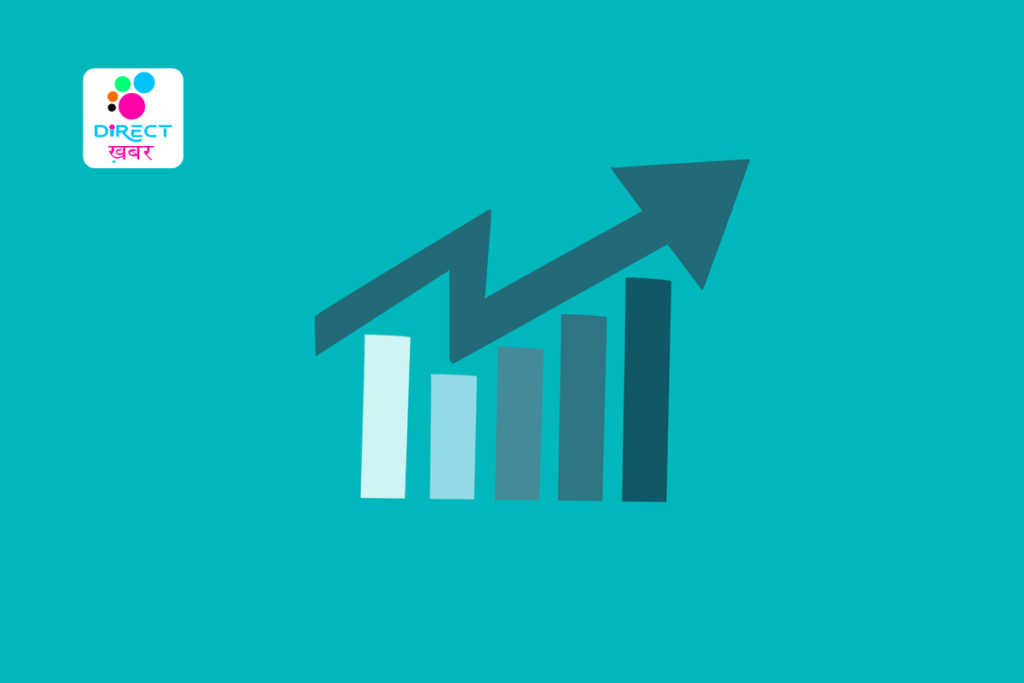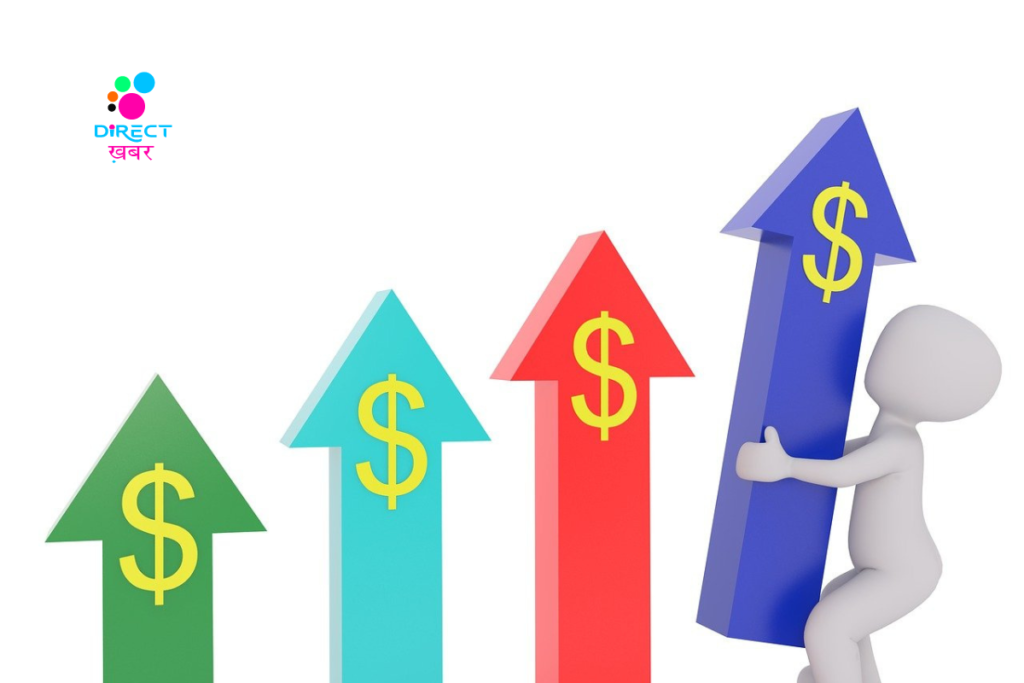The Future of Business: Anticipating Trends with Advanced Analytics
In today’s rapidly evolving business landscape, staying ahead of the curve is imperative for success. Traditional methods of trend analysis and forecasting are often insufficient in the face of dynamic market conditions. However, with the advent of advanced analytics, businesses now have the tools to anticipate trends with unprecedented accuracy. This article explores the role of predictive analytics in deciphering future business trends and offers insights into its application across various industries.

Understanding Predictive Analytics:
Predictive analytics is a branch of advanced analytics that leverages data, statistical algorithms, and machine learning techniques to forecast future outcomes. By analyzing historical data patterns and identifying correlations, predictive models can predict future trends, behaviors, and events with remarkable precision. This predictive capability empowers businesses to anticipate market shifts, consumer preferences, and competitive dynamics, enabling them to make informed decisions and gain a competitive edge.
Application Across Industries:
Retail:
Predictive analytics helps retailers forecast consumer demand, optimize inventory management, and personalize marketing strategies.
By analyzing past sales data, seasonal trends, and external factors such as weather patterns, retailers can anticipate product demand and adjust their inventory levels accordingly.
Moreover, predictive models can segment customers based on their preferences and purchasing behavior, allowing retailers to tailor marketing campaigns and promotions to specific customer segments.
Finance:
In the financial sector, predictive analytics is utilized for risk management, fraud detection, and investment forecasting.
Banks and financial institutions leverage predictive models to assess credit risk, identify potential defaulters, and optimize loan approval processes.
Additionally, predictive analytics plays a crucial role in detecting fraudulent activities such as unauthorized transactions and identity theft, thereby safeguarding financial assets and maintaining trust among customers.
Healthcare:
Predictive analytics is revolutionizing healthcare by enabling proactive patient care, disease prevention, and resource optimization.
Healthcare providers use predictive models to identify patients at risk of developing chronic conditions, allowing for early intervention and preventive measures.
Furthermore, predictive analytics helps hospitals and healthcare facilities forecast patient admissions, allocate resources efficiently, and streamline operational processes, ultimately improving patient outcomes and reducing healthcare costs.

Challenges and Considerations:
While predictive analytics offers tremendous opportunities, its implementation is not without challenges:
Data Quality: Predictive models heavily rely on the quality and reliability of input data. Poor data quality can lead to inaccurate predictions and flawed insights.
Privacy Concerns: The use of predictive analytics raises privacy concerns, especially regarding the collection and analysis of sensitive personal data. Businesses must adhere to strict data protection regulations and ethical guidelines to safeguard customer privacy.
Model Interpretability: Complex predictive models may lack transparency, making it challenging for stakeholders to understand the underlying factors driving predictions. Ensuring model interpretability is crucial for building trust and facilitating decision-making.
Best Practices for Successful Implementation:
To harness the full potential of predictive analytics, businesses should adopt the following best practices:
Define Clear Objectives: Clearly articulate the business objectives and outcomes desired from predictive analytics initiatives. This ensures alignment with organizational goals and facilitates the development of targeted predictive models.
Invest in Data Infrastructure: Establish robust data infrastructure and governance mechanisms to ensure data quality, integrity, and accessibility. This includes data cleansing, integration, and storage capabilities to support predictive modeling efforts.
Foster Collaboration: Encourage collaboration between data scientists, domain experts, and business stakeholders to leverage collective expertise and insights. Cross-functional collaboration enhances the effectiveness of predictive analytics initiatives and promotes knowledge sharing.

Iterate and Refine: Predictive analytics is an iterative process that requires continuous monitoring, evaluation, and refinement. Regularly assess model performance, incorporate feedback, and update models as needed to adapt to changing business conditions.
Embrace Ethical Considerations: Prioritize ethical considerations and responsible data usage throughout the predictive analytics lifecycle. Respect user privacy, adhere to regulatory requirements, and uphold ethical standards to build trust and credibility.
Predictive analytics holds immense potential for businesses seeking to anticipate future trends and gain a competitive advantage in today’s dynamic marketplace. By harnessing the power of data and advanced analytics techniques, organizations can unlock valuable insights, mitigate risks, and capitalize on emerging opportunities. However, successful implementation requires careful consideration of challenges, adherence to best practices, and a commitment to ethical data usage. With the right strategy and mindset, predictive analytics can empower businesses to navigate uncertainty and shape the future of their industries.






